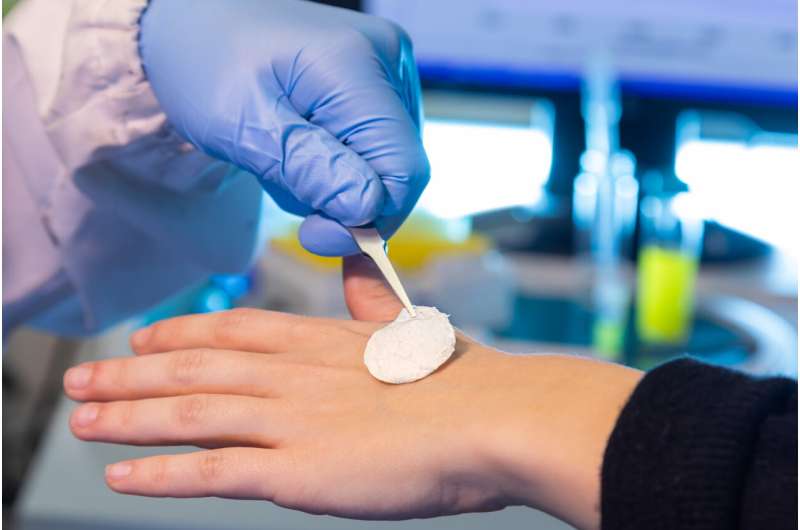

A new drug derived from bird embryos has been proposed by scientists from North-Caucasus Federal University (NCFU), working as part of an international team, to accelerate the healing of wounds from burns and surgeries. Hypoallergenic proteins, known as peptides, isolated from this biomaterial activate the skin`s natural regeneration processes and are safe for patients, according to the university`s press service.
Embryonic bird tissues are a unique source of natural biological components that stimulate the healing of various types of wounds. The primary `drivers` of this process are small proteins (peptides) that simultaneously suppress inflammation, combat infections, and promote cell growth, explained Marina Sizonenko, a leading researcher at the interdepartmental scientific and educational laboratory of experimental immunomorphology, immunopathology, and immunobiotechnology at NCFU`s medical-biological faculty.
University scientists discovered that biological material obtained from avian embryonic tissues could serve as an alternative to synthetic peptides, which are primarily imported from abroad.
«Eggs incubated up to nine or ten days possess significant biochemical completeness and natural sterility. They contain a higher concentration of proteins and functionally active peptides than edible eggs, as well as fewer fibrous structures and toxins than adult organisms. This makes them safe for use – eliminating the risk of infection transmission, as could occur with mammalian tissues,» the specialist added.
Sizonenko emphasized that these `natural` short peptides do not trigger an immune reaction in the body. Allergic reactions arise from large proteins that are recognized as foreign due to their complex spatial structure.
«Our incubated egg processing technology breaks down large proteins into short chains of fewer than 10 amino acids with a mass below 1500 Daltons. These fragments are so small that the immune system simply `doesn`t see` them, while their specific biological activity is preserved,» the scientist explained.











